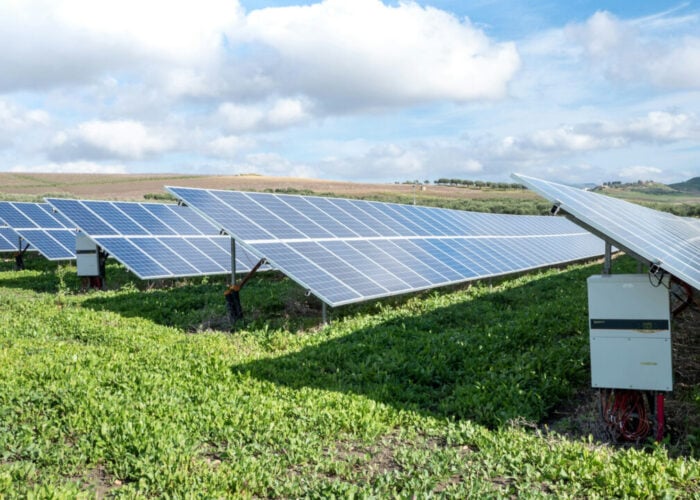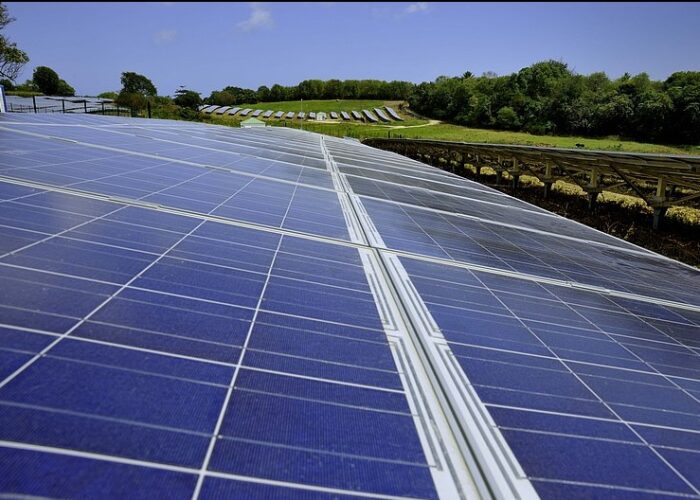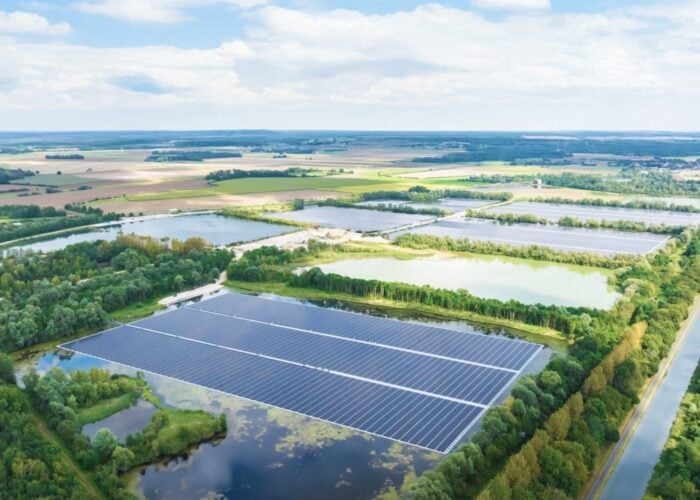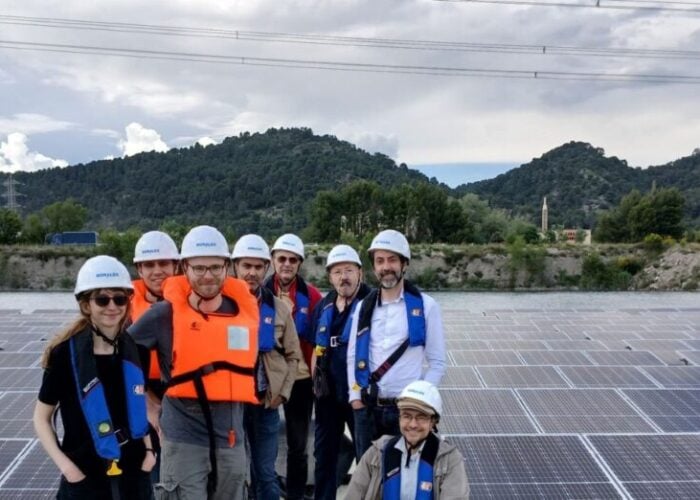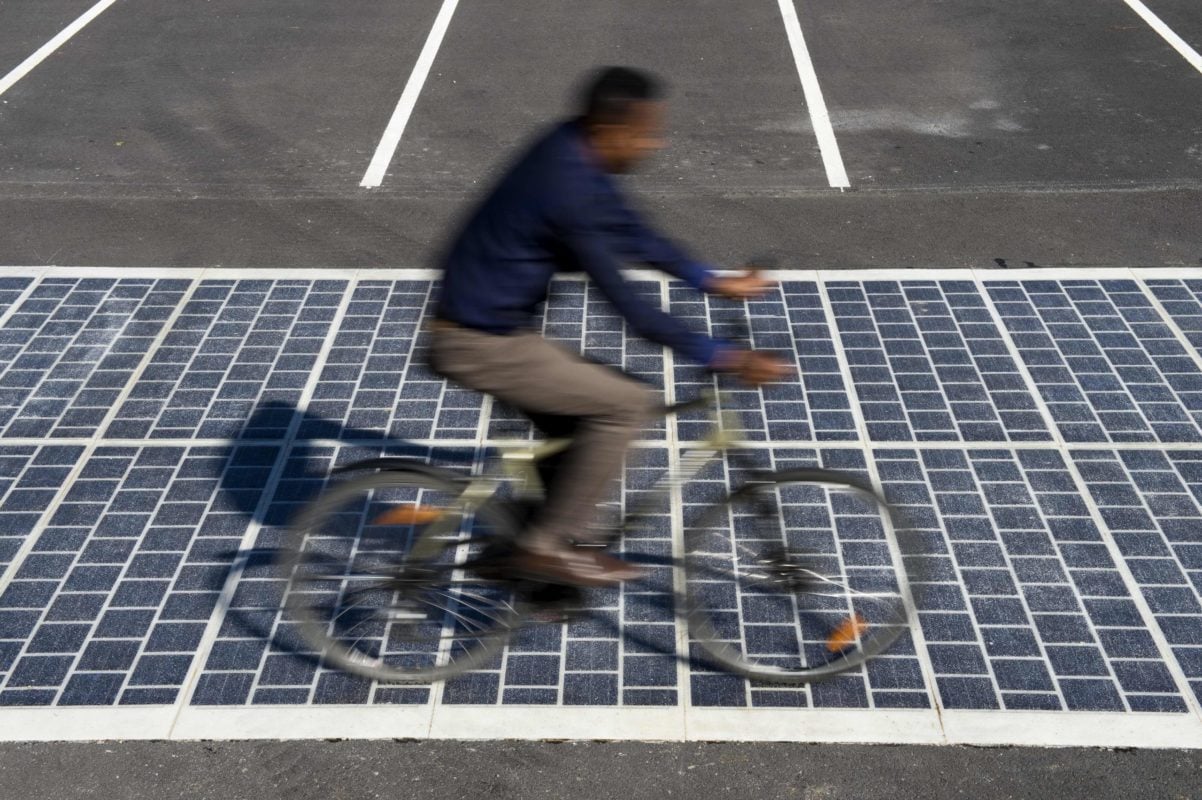
This week, you may read reports circulating that France had commissioned 1,000km of solar roads. Solar’s future is rooted in doing what it does now, only better and in greater volume. Its future will not be grounded in gimmicks like this.
In fact pretty much every reinvention of solar that slots into the “expensive distraction” category irritates me. Maybe I’m a killjoy, you can decide. Here is my reasoning.
Unlock unlimited access for 12 whole months of distinctive global analysis
Photovoltaics International is now included.
- Regular insight and analysis of the industry’s biggest developments
- In-depth interviews with the industry’s leading figures
- Unlimited digital access to the PV Tech Power journal catalogue
- Unlimited digital access to the Photovoltaics International journal catalogue
- Access to more than 1,000 technical papers
- Discounts on Solar Media’s portfolio of events, in-person and virtual
There’s an effort being made on Twitter to artificially popularise the hashtag: #solarisnow. At the same time, solar has just become cheaper than coal in India, is competing under merchant terms in the US and even developers in the UK are working on subsidy-free projects, albeit with build dates of 2018-20.
These are stronger indicators that 'solar is now' than a hashtag but the fact there is even a feeling in the industry that additional efforts are needed to get this message out is as disappointing as it is frustrating.
So why do the public and small- and medium-sized businesses still need to be told that solar is a cost-effective, proven and scalable technology? There is no simple, single answer but a contributing factor is the noisy solar fads that rear their misshapen, solar-plastered heads from time to time and the media’s habit of blindly posting any gimmick that hits their inbox with a glossy image attached. Already the French solar roads story is being re-reported widely.
I was once asked to comment on solar roads for a mainstream journalist’s feature on them. I explained the following and politely declined. For starters, they don’t really exist, not in a meaningful way. The latest reports are based on an INES joint venture in France to build toughened solar cells (that are about six times the cost of bog-standard panels, and less efficient). Roads may only have traffic on them 10% of the time (as solar road fans tells us) but they are also dirty all of the time. They tend to have objects along the sides of them to, for example, buildings, hedges, trees, that will cast some rather chunky shadows. With the exception of particularly hilly parts of the world, they also tend to be rather flat rather than angled towards the sun. As such solar roads are, in my humble opinion, a colossal waste of effort and column inches that distract from the fact that solar is now.
So why write these column inches about them? Well let’s hope a bit of context will put the solar ducks, solar sails, solar trees and heart-shaped solar farms back in their place and make sure solar quacks don’t become authoritative industry voices. Solar’s big story is much duller but far more powerful.
Last week Solar Impulse pilot Bertrand Piccard grabbed the solar limelight in the UK with comments in the Guardian newspaper supporting the UK’s PV subsidy cuts and saying that such hand-outs are unhelpful. Well, the UK solar industry agrees but also believes that the pace of the government’s cuts and the rhetoric used to justify it were unnecessary, inaccurate and damaging to the effort to show that solar is indeed now. That message has now been damaged by a trained psychiatrist and professional balloonist from a family of great exploring pedigree. But Mr (Captain?) Piccard is no more qualified to influence energy policy than I am to fly his plane.
There is no need to make the case for R&D, everyone loves R&D instead of deployment, time tested political tool @JesseJenkins @TerynNorris
— Jigar Shah (@JigarShahDC) December 8, 2015
A recent twitter spat prompted Microsoft billionaire Bill Gates' decision to back solar research rather than deployment was a reminder that we need to invest in both. But solar is indeed now, as is the demand for it. Thousands of households in emerging economies can get cheaper and cleaner power via 5MW solar. This is proven technology with access to finance that can be built in a matter of months not years. There are 300 million people without power in India, a country currently struggling to source enough coal for its power stations, who would surely vote for deployment over research.
While I’m sure solar sails will do great things for yachtsmen and solar paving will no doubt become a regular booth feature on the PV trade show circuit, the real solar revolution is much duller and much more powerful. Cheaper, cleaner, more accessible power and everything that entails.

